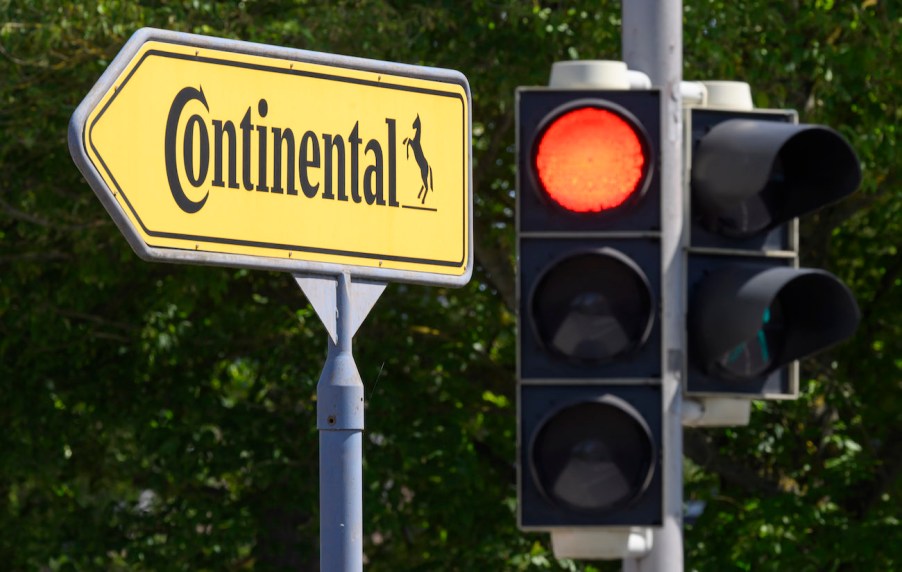
Green, Yellow, Red: Now Engineers Want a 4th Traffic Signal Light
The traffic signal design was fixed when Detroit and New York added the yellow caution light in 1920. So our red, yellow, and green normal have worked for over 100 years in part as a way to help overall car safety. But now engineers at North Carolina State University think that’s not enough. They’re proposing a fourth light that is getting some intense consideration. Here’s why.
What does adding a fourth light to traffic signals do?
Traffic engineers want to add a fourth “white” light. With the additional light, they say travel times decrease, as does fuel consumption. The secret is autonomous vehicles controlling traffic flow. Autonomous vehicles communicate with the traffic signal, which the white light indicates.
The light signals that AVs are adjusting light times to help better increase flow based on communicating with other AVs in proximity. Drivers behind AVs would follow what it does. If it stops, the driver stops his car. When the AV goes through an intersection, the driver behind the AV goes through it.
Will this change what red, yellow, and green traffic lights mean?

Once more driver-controlled vehicles get in proximity to the signal, the white light would go dark and drivers revert to following the traditional red, yellow, and green lights. “This concept we’re proposing for traffic intersections, which we call a ‘white phase,’ taps into the computing power of autonomous vehicles themselves,” says Ali Hajbabaie, associate professor of civil, construction, and environmental engineering at NC State.
“The white phase concept also incorporates a new traffic signal so that human drivers know what they are supposed to do. Red lights will still mean stop. Green lights will still mean go. And white lights will tell human drivers to simply follow the car in front of them.”
They call controlling traffic patterns a “mobile control paradigm.” AVs coordinate traffic and the white light tells drivers what to do as they get near an intersection. “And, just to be clear, the color of the ‘white light’ doesn’t matter,” says Hajbabaie. “What’s important is that there be a signal that is clearly identifiable by drivers.”
How do engineers know this really works?

To test their theories, engineers configured computational traffic simulator models. From these tests, they can determine traffic flow for intersections both with and without the white light. They found that AVs improve traffic flow with or without white light signals. But more so with the white light
And fewer stop-and-go situations mean improved fuel consumption. With more AVs close to intersections, better traffic control ensues. “That said, even if only 10% of the vehicles at a white phase intersection are autonomous, you still see fewer delays,” Hajbabaie says. “For example, when 10% of vehicles are autonomous, you see delays reduced by 3%, and when 30% of vehicles are autonomous, delays are reduced by 10.7%.”
The only downside is that AVs aren’t ready for prime time. And some autonomous drive engineers suggest that we may never see a 100% driverless world. The paper is titled “White Phase Intersection Control Through Distributed Coordination: A Mobile Controller Paradigm in a Mixed Traffic Stream” and is published in IEEE Transactions on Intelligent Transportation Systems.



